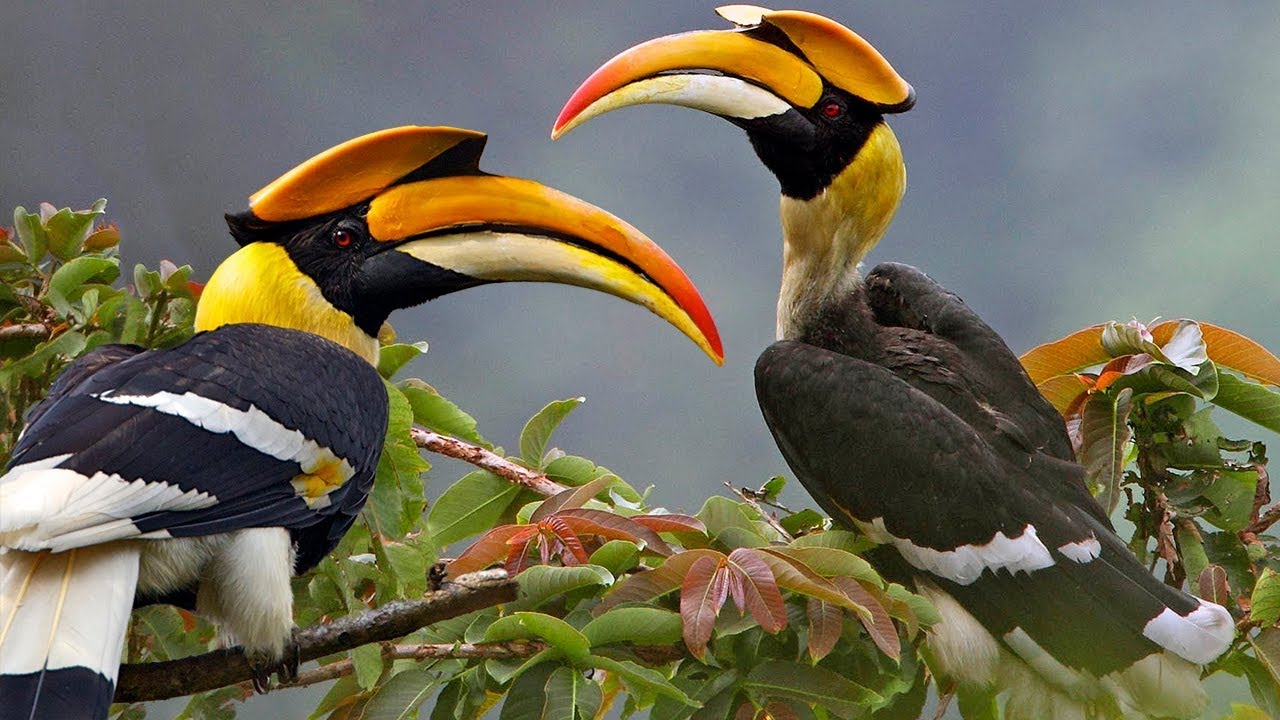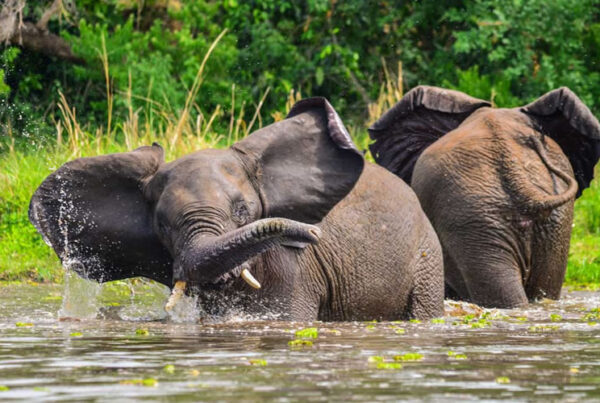Murchison Falls National Park: Seasonal Highlights to Birdwatching Hotspot for Families
A Family Adventure Amidst Avian Splendor
Murchison Falls National Park, located in northwestern Uganda, is renowned for its dramatic waterfalls, expansive savannahs, and rich wildlife diversity. For families seeking both adventure and relaxation, the park has emerged as a premier destination for birdwatching, offering seasonal highlights that appeal to novice and experienced birders alike. Beyond its iconic landscapes, Murchison Falls presents a unique opportunity for families to engage with nature in a safe and immersive setting, capturing moments that combine scenic beauty, avian diversity, and shared experiences.
The park’s varied habitats—including rivers, wetlands, woodland patches, and open grasslands—create a dynamic mosaic for birdlife, supporting hundreds of species. Understanding seasonal patterns, optimal observation points, and family-friendly itineraries ensures that every visit is both educational and enjoyable, while promoting appreciation of Uganda’s rich natural heritage.
Understanding Murchison Falls as a Birdwatching Destination
Murchison Falls National Park is characterized by habitat diversity, which directly influences bird abundance and visibility. Along the Victoria Nile and its tributaries, aquatic and wading birds such as herons, kingfishers, and African jacanas thrive. Woodlands and forest patches provide shelter for turacos, hornbills, and sunbirds, while open savannahs host raptors, weavers, and finches.
The park’s ecological richness is influenced by seasonal cycles. During the wet season, migratory species augment resident populations, filling skies and wetlands with diverse behaviors and interactions. Conversely, the dry season exposes feeding grounds, creating concentrated sightings that allow families to observe multiple species within shorter distances. Photographers and birders benefit from aligning visits with these patterns to maximize sightings and enhance photographic potential.
Seasonal Highlights for Families
Each season in Murchison Falls presents unique birdwatching opportunities. In the wet season, from March to May and September to November, the park is transformed by verdant vegetation and rising water levels. Wetlands and riverbanks become active with migratory waders, herons, and storks, while forests host nesting songbirds and colorful sunbirds. The lush scenery provides a visually engaging backdrop for family photography and educational exploration.
During the dry season, from December to February and June to August, water sources become focal points for bird activity. Concentrations of waterbirds, raptors, and ground-feeding species near rivers and remaining wetlands allow families to observe feeding patterns, interactions, and social behaviors at closer range. This season also offers favorable light conditions for photography, with warm, golden hues enhancing both landscape and avian images.
Planning a Family-Friendly Birdwatching Itinerary
A well-structured itinerary enhances both enjoyment and safety for families visiting Murchison Falls. Early mornings are ideal for birdwatching, as avian activity peaks with cooler temperatures and softer light. Guided walks along designated trails provide structured observation opportunities while ensuring minimal disturbance to habitats.
Daytime excursions may include visits to rivers, wetlands, and forest edges, where species diversity is high. These periods can be combined with scenic drives, short boat rides, or resting breaks to accommodate younger family members or those less experienced in field observation. Afternoons often serve as ideal times for reflective activities, photography review, and interactive discussions about species identification, behavior, and ecological roles.
Key Birding Spots Within the Park
Certain areas of Murchison Falls have been identified as high-probability birding zones suitable for families. The Victoria Nile corridor supports large flocks of waterbirds, including pelicans, cormorants, and herons, providing spectacular observation opportunities. Riverbanks, islands, and adjacent wetlands attract kingfishers, jacanas, and African fish eagles, while woodland patches are home to turacos, hornbills, and sunbirds.
Open grasslands and savannahs offer sightings of raptors, including vultures, hawks, and secretary birds, which can be observed from safe distances during guided drives. Combining habitats in a single day allows families to experience multiple ecosystems, highlighting the park’s ecological richness and enhancing educational value.
Photography Tips for Families
For families interested in documenting their birdwatching experiences, practical preparation enhances both results and enjoyment. Lightweight cameras, binoculars, and field guides facilitate observation without encumbering younger participants. Telephoto lenses are useful for capturing detailed shots of distant species, while wide-angle lenses provide context, framing birds within their natural habitats.
Photographers are encouraged to utilize natural light, particularly during morning and late afternoon hours, when softer lighting reduces harsh shadows and highlights plumage colors. Patience and quiet observation allow for authentic behavior to be captured, while family members can share roles in spotting, photographing, and noting species to promote collaborative learning and enjoyment.
Safety and Comfort Considerations
Ensuring safety and comfort is paramount for families exploring Murchison Falls. Suitable footwear, sun protection, hydration, and insect repellent are essential for navigating trails and open areas. Following park regulations, staying on designated paths, and maintaining distance from wildlife promote both safety and ethical engagement with the environment.
Accommodations within or near the park are designed to accommodate families, offering secure lodging, convenient access to birding sites, and amenities that facilitate both relaxation and field-based activities. Meals can be scheduled around field excursions to optimize energy levels and minimize fatigue during observation periods.
Integrating Education and Recreation
A family birdwatching trip to Murchison Falls can be both recreational and educational. Children and adults alike benefit from observing bird behavior, learning identification skills, and understanding ecological relationships. Guides often provide contextual explanations about species roles, conservation efforts, and habitat requirements, fostering appreciation for wildlife and inspiring responsible environmental stewardship.
Combining birdwatching with recreational activities, such as short boat trips along the Victoria Nile or guided walks to vantage points overlooking the falls, creates a holistic experience. These moments allow families to connect with nature, engage in shared discovery, and document memories through photography and reflection.
A Seasonal Haven for Family Birders
Murchison Falls National Park offers an exceptional combination of seasonal birding highlights, scenic landscapes, and family-oriented activities, making it a premier destination for those seeking both adventure and education. By planning itineraries around peak avian activity, utilizing guides, and balancing observation with rest and recreation, families can enjoy a seamless, memorable, and enriching experience.
To ensure a smooth, safe, and rewarding birdwatching safari, it is recommended to book your Africa tours and safaris via WildHorn Africa, where expert guidance, local knowledge, and logistical support guarantee that every moment—from observing rare waterbirds to capturing family memories against the backdrop of majestic waterfalls—is optimized for adventure, learning, and enjoyment.





 WildHorn Africa – Authentic and unforgettable tours across Africa, guided by local experts who know the land, wildlife, and culture best.
WildHorn Africa – Authentic and unforgettable tours across Africa, guided by local experts who know the land, wildlife, and culture best.


